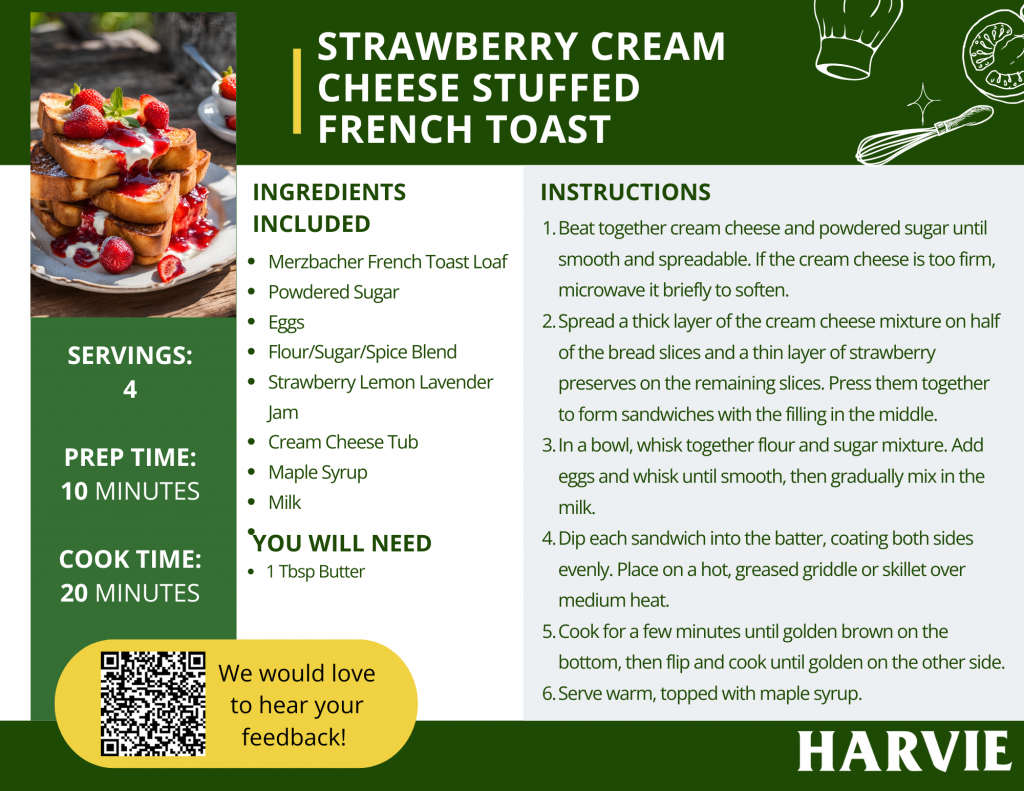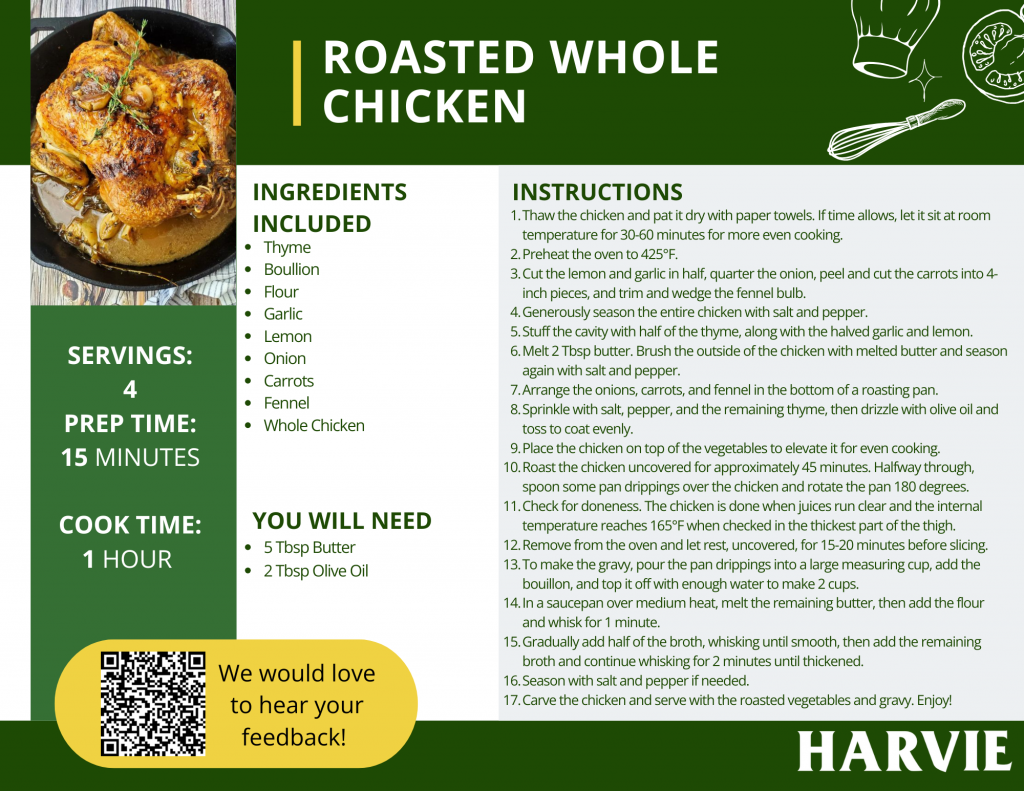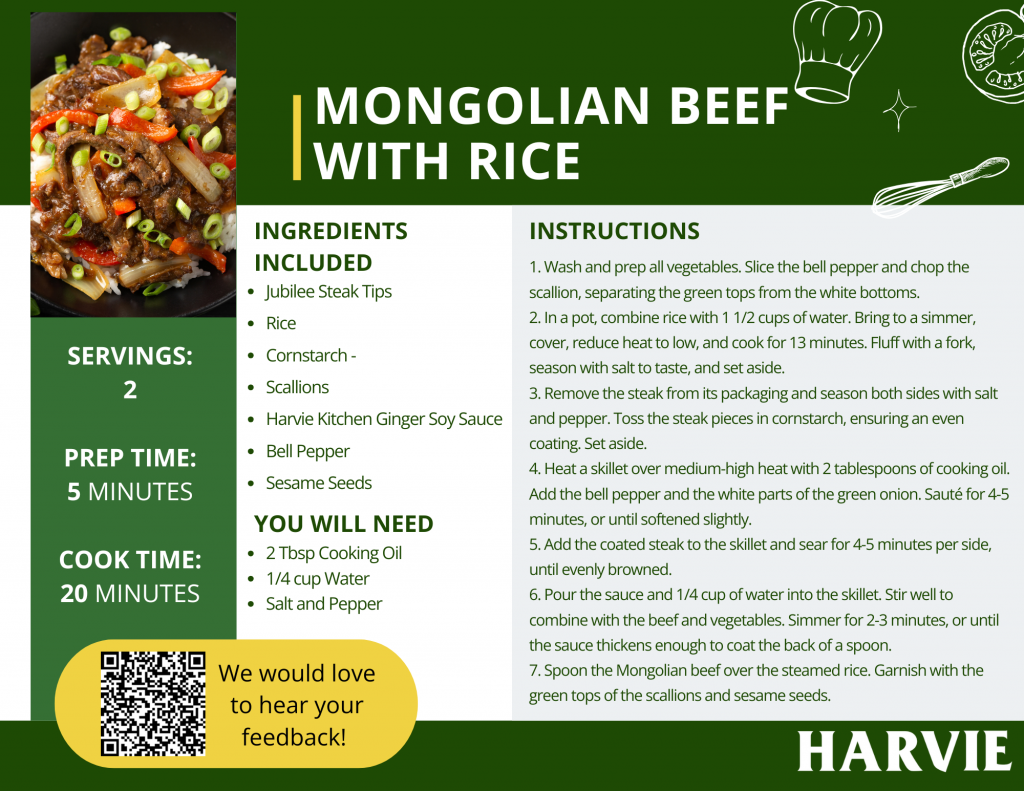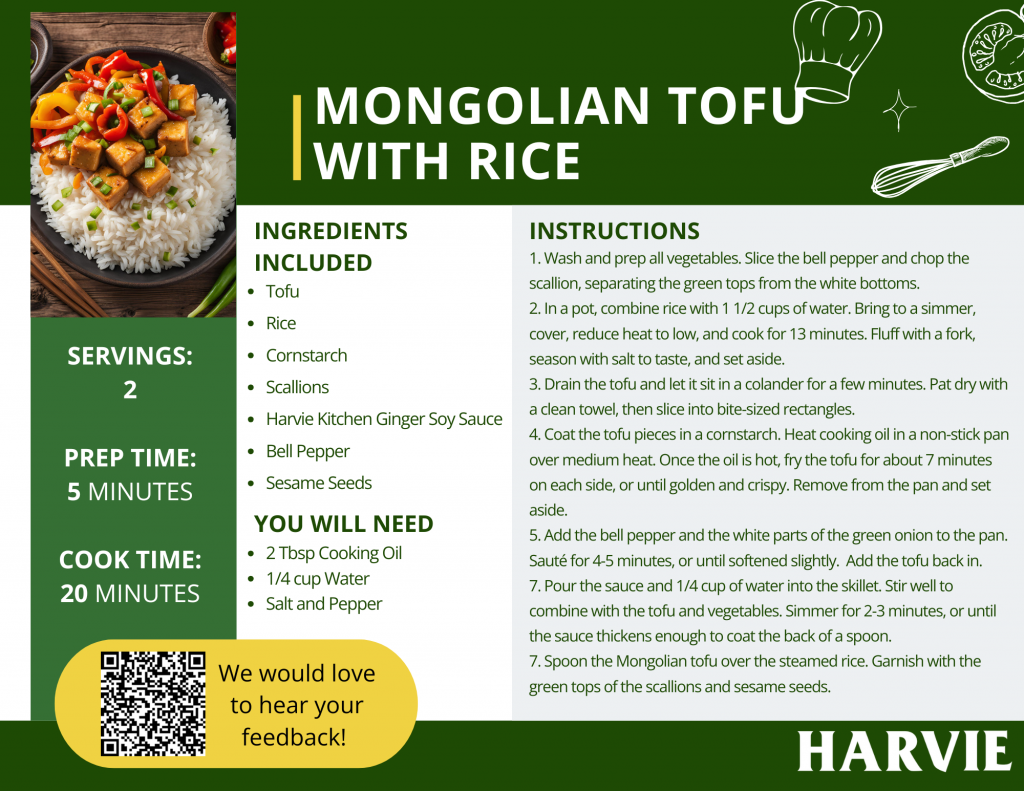Dear Harvie Community,
I want to share some frustrating news. A $1 million USDA grant we were awarded for local food infrastructure—funding for cold storage, trucks, and equipment—has been stuck in limbo for months with no end in sight.
This “middle of the supply chain” infrastructure is costly, and without it, independent food can’t compete with the massive legacy food system.
And we’re not alone. Across the country, nonprofits, small businesses, and local food organizations are seeing vital funding disappear as government budgets shift. Over $1 billion in local food funding was canceled just this week. It’s a major blow to farms, food infrastructure, and efforts to feed our communities.
For Harvie, we were counting on these funds to expand our infrastructure and serve more farms and producers. Now, we have to find a different path. We hope the funding will eventually be unlocked, but for now, we have to move forward without it.
The good news? People are waking up. There’s an independent food awakening happening, and more folks are shifting their food dollars in ways that matter. Harvie is growing fast because of this. Your support—your orders and commitment to real food—keeps us going.
As we grow, we can slowly invest in the infrastructure we need over time. Last year, we put almost $10 million into Pennsylvania’s independent food economy. This year, we expect to put at least $20 million in. We can do more. With your support, we will.
When you choose Harvie, you’re putting real money back into farmers’ hands. In the legacy food system, only $0.14 of every dollar spent on food goes back to the farmer. With Harvie, about $0.50 of every dollar goes directly to our producers.
Here’s how you can help:
- If you’re already a Harvie member: Consider adding a second delivery or shifting more of your grocery spending from big food to Harvie.
- If you’re not a member yet: Join Harvie today. More deliveries of independent food help us invest in cold storage, trucks, and equipment.
- Tell your friends and family about Harvie: word of mouth is our best way to grow, and we’ll give both you and your friend $40 credit.
- Buy from independent farmers and food producers: visit a farmers market or buy a CSA share.
- Support other organizations in need: for example, the Pennsylvania Association of Sustainable Agriculture is furloughing employees amid a funding freeze.
While we have the support of this community, we won’t stop fighting for food that serves our bodies, our land, and our local economies.
Thank you for being part of the independent food economy.
-Simon Huntley
CEO & Founder, eatharvie.com




